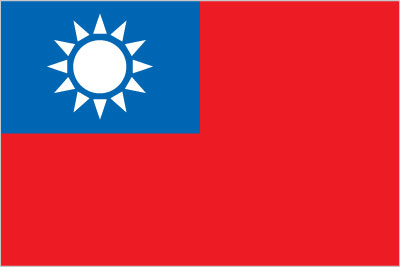
In 1895, military defeat forced China's Qing Dynasty to cede Taiwan to Japan. Taiwan came under Chinese Nationalist control after World War II. Following the communist victory on the mainland in 1949, 2 million Nationalists fled to Taiwan and established a government using the 1947 constitution drawn up for all of China. Beginning in the 1950s, the ruling authorities gradually democratized and incorporated the local population within the governing structure. This process expanded rapidly in the 1980s. In 2000, Taiwan underwent its first peaceful transfer of power from the Nationalist (Kuomintang or KMT) to the Democratic Progressive Party. Throughout this period, the island prospered and became one of East Asia's economic "Tigers." The dominant political issues continue to be management of sensitive relations between Taiwan and China - specifically the question of Taiwan's eventual status - as well as domestic priorities for economic reform and growth.
small deposits of coal, natural gas, limestone, marble, and asbestos
arable land: 24%
permanent crops: 1%
other: 75% (2011)
23,359,928 (July 2014 est.)
country comparison to the world: 52
Taiwanese (including Hakka) 84%,
mainland Chinese 14%,
indigenous 2%
mixture of Buddhist and Taoist 93%,
Christian 4.5%,
other 2.5%
Mandarin Chinese (official), Taiwanese (Min), Hakka dialects
definition: age 15 and over can read and write
total population: 96.1%
male: NA
female: NA (2003)
Taipei
multiparty democracy
NA
Republic Day (Anniversary of the Chinese Revolution), 10 October (1911)